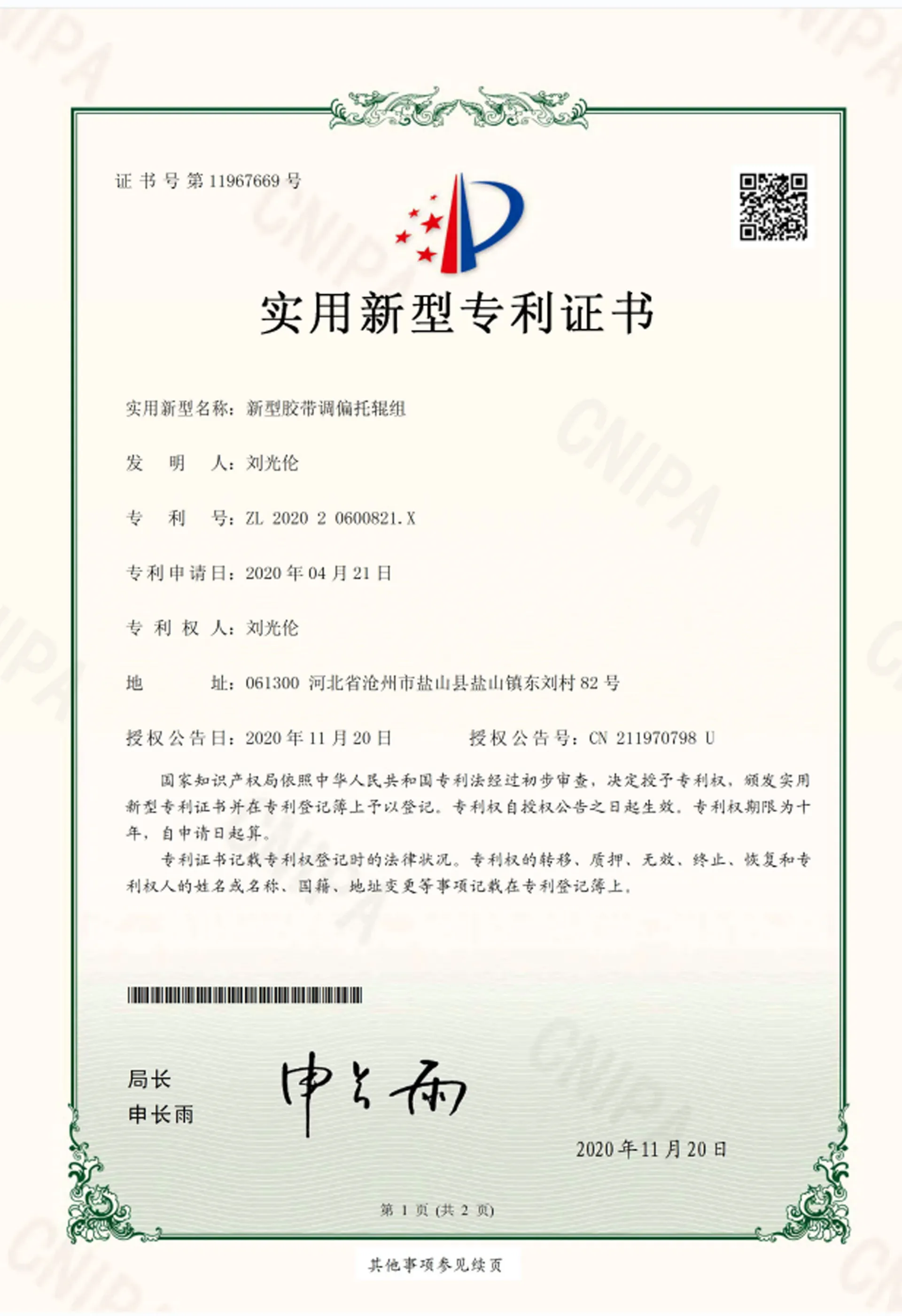 Afrikaans
Afrikaans  Albanian
Albanian  Amharic
Amharic  Arabic
Arabic  Armenian
Armenian  Azerbaijani
Azerbaijani  Basque
Basque  Belarusian
Belarusian  Bengali
Bengali  Bosnian
Bosnian  Bulgarian
Bulgarian  Catalan
Catalan  Cebuano
Cebuano  Corsican
Corsican  Croatian
Croatian  Czech
Czech  Danish
Danish  Dutch
Dutch  English
English  Esperanto
Esperanto  Estonian
Estonian  Finnish
Finnish  French
French  Frisian
Frisian  Galician
Galician  Georgian
Georgian  German
German  Greek
Greek  Gujarati
Gujarati  Haitian Creole
Haitian Creole  hausa
hausa  hawaiian
hawaiian  Hebrew
Hebrew  Hindi
Hindi  Miao
Miao  Hungarian
Hungarian  Icelandic
Icelandic  igbo
igbo  Indonesian
Indonesian  irish
irish  Italian
Italian  Japanese
Japanese  Javanese
Javanese  Kannada
Kannada  kazakh
kazakh  Khmer
Khmer  Rwandese
Rwandese  Korean
Korean  Kurdish
Kurdish  Kyrgyz
Kyrgyz  Lao
Lao  Latin
Latin  Latvian
Latvian  Lithuanian
Lithuanian  Luxembourgish
Luxembourgish  Macedonian
Macedonian  Malgashi
Malgashi  Malay
Malay  Malayalam
Malayalam  Maltese
Maltese  Maori
Maori  Marathi
Marathi  Mongolian
Mongolian  Myanmar
Myanmar  Nepali
Nepali  Norwegian
Norwegian  Norwegian
Norwegian  Occitan
Occitan  Pashto
Pashto  Persian
Persian  Polish
Polish  Portuguese
Portuguese  Punjabi
Punjabi  Romanian
Romanian  Russian
Russian  Samoan
Samoan  Scottish Gaelic
Scottish Gaelic  Serbian
Serbian  Sesotho
Sesotho  Shona
Shona  Sindhi
Sindhi  Sinhala
Sinhala  Slovak
Slovak  Slovenian
Slovenian  Somali
Somali  Spanish
Spanish  Sundanese
Sundanese  Swahili
Swahili  Swedish
Swedish  Tagalog
Tagalog  Tajik
Tajik  Tamil
Tamil  Tatar
Tatar  Telugu
Telugu  Thai
Thai  Turkish
Turkish  Turkmen
Turkmen  Ukrainian
Ukrainian  Urdu
Urdu  Uighur
Uighur  Uzbek
Uzbek  Vietnamese
Vietnamese  Welsh
Welsh  Bantu
Bantu  Yiddish
Yiddish  Yoruba
Yoruba  Zulu
Zulu Efficient Solutions for Maintaining Conveyor Systems and Cleaning Equipment
The Importance of Conveyor Cleaning Equipment in Industrial Settings
In the fast-paced world of manufacturing and logistics, conveyor systems play a vital role in the movement of goods, materials, and products through various stages of production. However, the efficiency of these systems can be significantly hampered by the accumulation of dirt, dust, and contaminants. This is where conveyor cleaning equipment becomes essential. Proper cleaning procedures not only ensure optimal operation but also enhance the safety and longevity of the conveyor systems, making them an important investment for any industrial setting.
Understanding the Need for Conveyor Cleaning
Over time, as products move along conveyor belts, residues from packaging materials, oils, and other contaminants tend to accumulate. This buildup can lead to several problems, including
1. Reduced Efficiency When conveyors are dirty, the friction increases, and materials may not move smoothly along the belt. This can slow down operations and lead to delays in production schedules.
2. Increased Wear and Tear Dirt and grime can contribute to premature wear on belts and other moving parts, leading to unplanned downtimes and expensive repairs. Regular cleaning helps mitigate this wear and can significantly extend the lifespan of the equipment.
3. Safety Hazards Slippery surfaces resulting from spilled materials can lead to accidents and injuries among workers. Maintaining clean conveyors reduces these risks and fosters a safer working environment.
4. Compliance Issues In industries such as food and pharmaceuticals, there are strict regulations regarding cleanliness. Non-compliance can result in hefty fines, product recalls, and damage to company reputation.
Types of Conveyor Cleaning Equipment
To address these issues, a variety of conveyor cleaning equipment is available on the market, each designed to cater to specific cleaning needs
1. Belt Cleaners These devices are installed on the conveyor system to remove material build-up from the belt surface. They can either be primary cleaners, which remove bulk material, or secondary cleaners, which provide a more thorough cleaning.
2. Brush Cleaners Brush-type cleaners utilize rotating brushes to dislodge and collect debris from the belt surface. They are particularly effective for sticky substances that may adhere to the belt.
conveyor cleaning equipment

3. Washdown Systems These systems use high-pressure water jets to clean conveyors thoroughly. This method is widely used in food processing plants where sanitation is critical.
4. Vacuum Systems Vacuum cleaners specifically designed for industrial applications can be used to remove dust and debris from conveyor systems, ensuring that the area remains clean and free of particles.
5. Automated Cleaning Systems Advanced conveyor systems may incorporate automated cleaning technologies that perform cleaning tasks with minimal human intervention. These systems can be programmed to operate during off-peak hours, further minimizing downtime.
Best Practices for Conveyor Cleaning
Implementing an effective cleaning regimen involves more than just purchasing the right equipment. Here are some best practices to keep in mind
1. Regular Inspection Conduct routine inspections of conveyor systems to identify areas that require cleaning. This proactivity helps in preventing major cleaning tasks that might disrupt operations.
2. Develop a Cleaning Schedule Establish a consistent cleaning schedule based on the level of use of the conveyor system and the type of materials being transported. For high-volume systems, daily cleaning may be necessary, while less-used systems can be serviced weekly.
3. Train Employees Ensure that personnel operating conveyor systems are well-trained in the correct use of cleaning equipment. This training not only enhances safety but also improves the effectiveness of the cleaning processes.
4. Choose the Right Equipment Invest in high-quality cleaning equipment that matches the specific needs of your conveyor system. Taking the time to assess your system’s cleaning requirements can lead to improved operational efficiency.
5. Monitor Performance After implementing a cleaning schedule and using cleaning equipment, monitor the conveyor's performance for any improvements or ongoing issues. This feedback will help adjust cleaning strategies as needed.
In conclusion, conveyor cleaning equipment plays an integral role in maintaining the efficiency, safety, and compliance of conveyor systems in various industries. By investing in the right tools and adhering to best practices, companies can protect their equipment, boost productivity, and promote a clean working environment. In the long run, this not only saves money but also contributes to the overall success of the operation.
-
Revolutionizing Conveyor Reliability with Advanced Rubber Lagging PulleysNewsJul.22,2025
-
Powering Precision and Durability with Expert Manufacturers of Conveyor ComponentsNewsJul.22,2025
-
Optimizing Conveyor Systems with Advanced Conveyor AccessoriesNewsJul.22,2025
-
Maximize Conveyor Efficiency with Quality Conveyor Idler PulleysNewsJul.22,2025
-
Future-Proof Your Conveyor System with High-Performance Polyurethane RollerNewsJul.22,2025
-
Driving Efficiency Forward with Quality Idlers and RollersNewsJul.22,2025





























